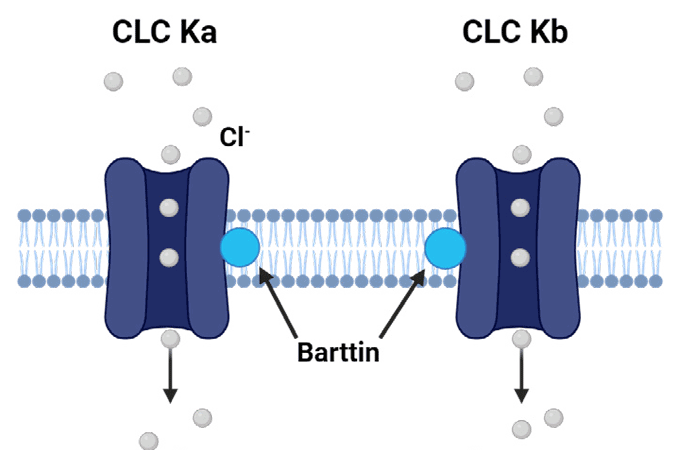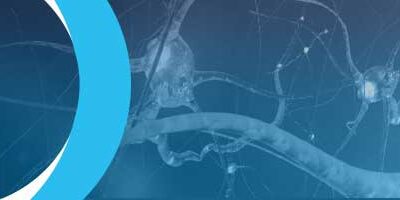Introduction
CLC-Ka and CLC-Kb are members of the CLC family of chloride channels and transporters, crucial for maintaining chloride ion homeostasis across cell membranes. CLC-Ka is predominantly found in the thin ascending limb of Henle’s loop, while CLC-Kb is expressed in both the thick ascending limb of Henle’s loop and the distal convoluted tubule. These channels facilitate the reabsorption of chloride ions from the filtrate back into the bloodstream, essential for maintaining the body’s fluid and electrolyte balance. Additionally, these channels are expressed in the inner ear, where they are vital for normal hearing and balance.
Given their vital role in renal function, CLC-Ka and CLC-Kb present promising targets for therapeutic intervention in various kidney-related disorders. Modulation of these channels can potentially treat conditions characterized by improper chloride handling and disrupted electrolyte balance, such as hypertension, edema, congestive heart failure, Bartter syndrome, and chronic kidney disease.



